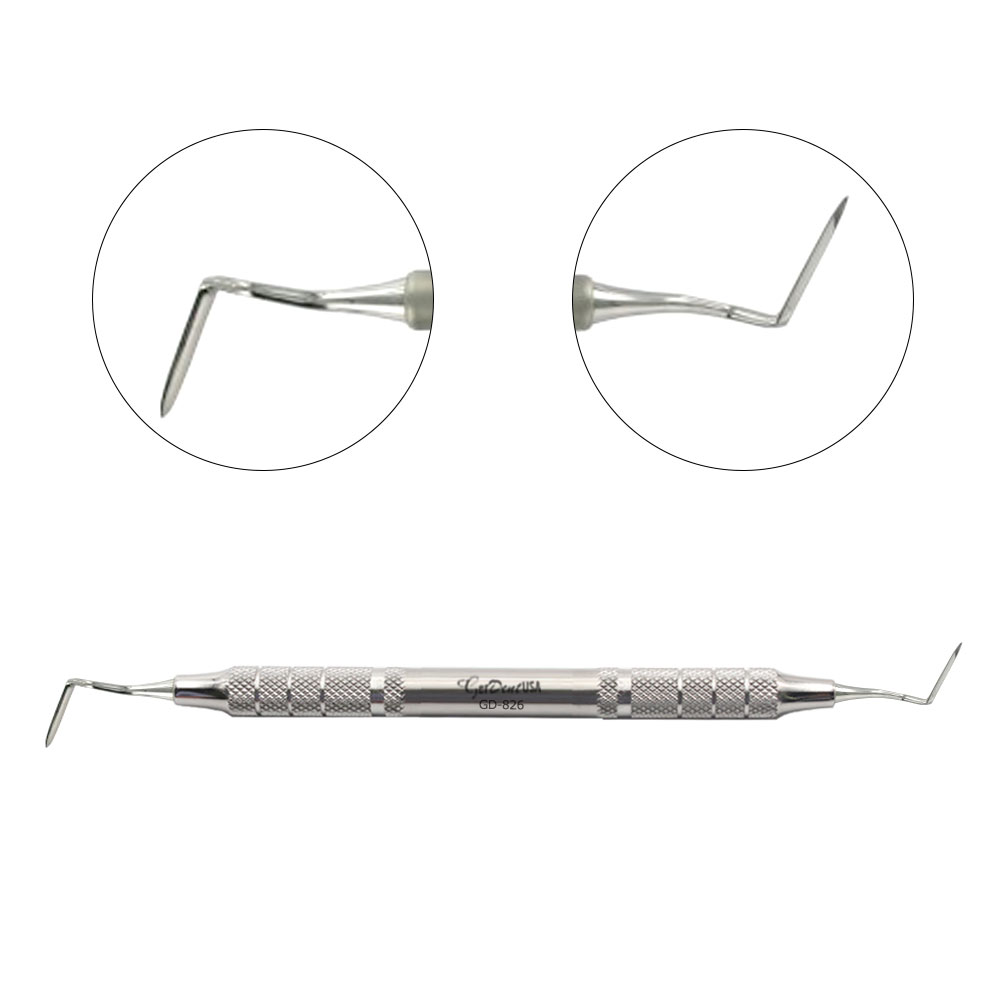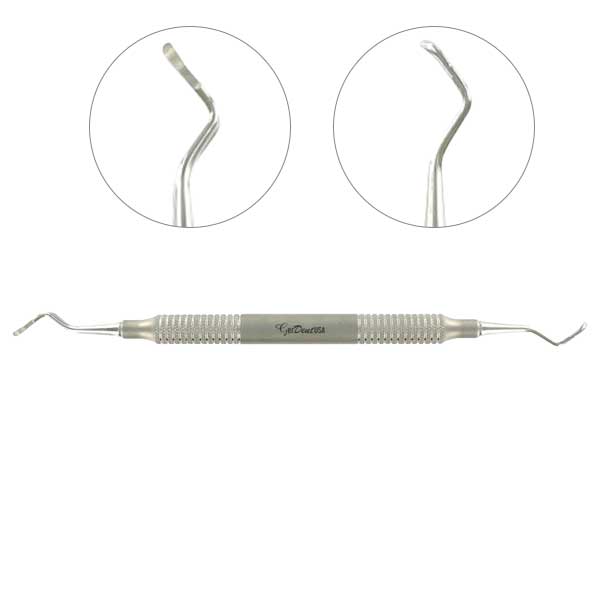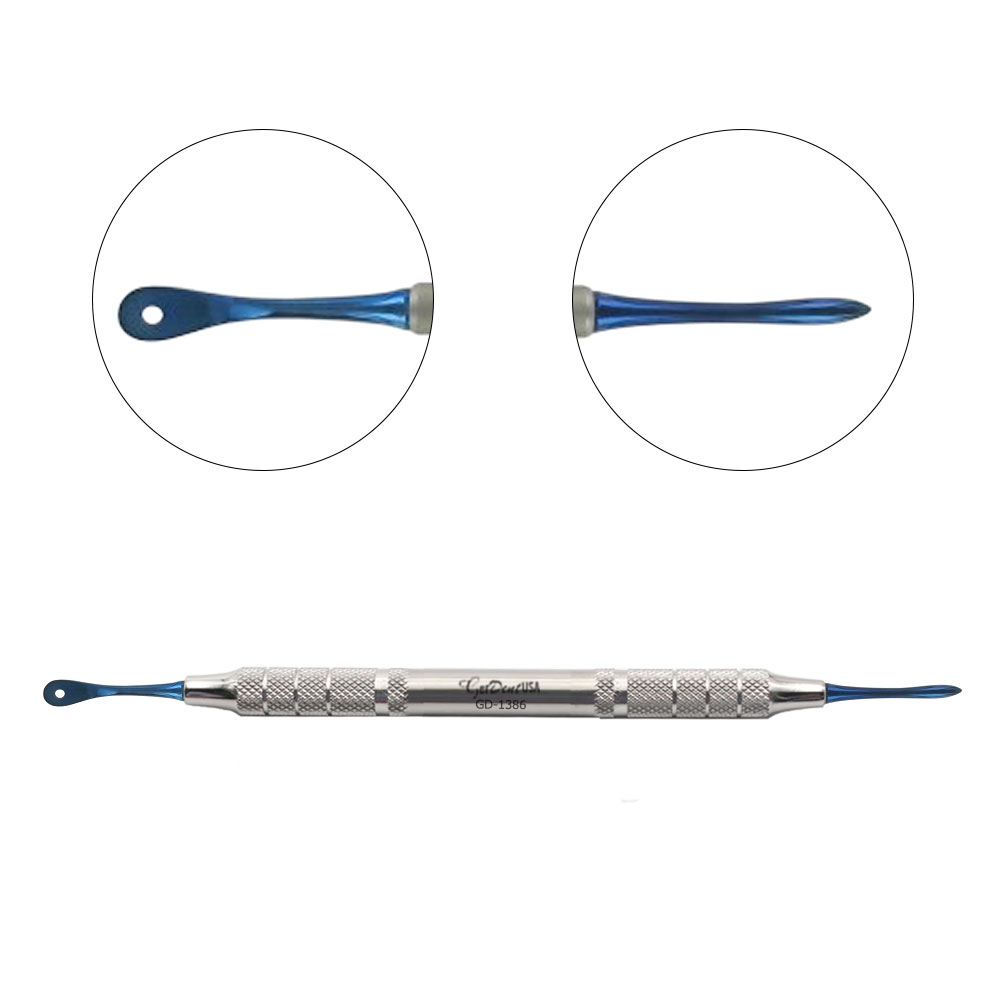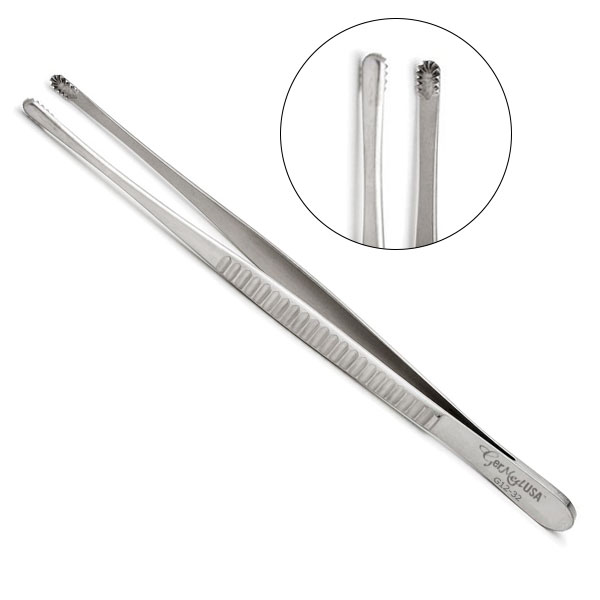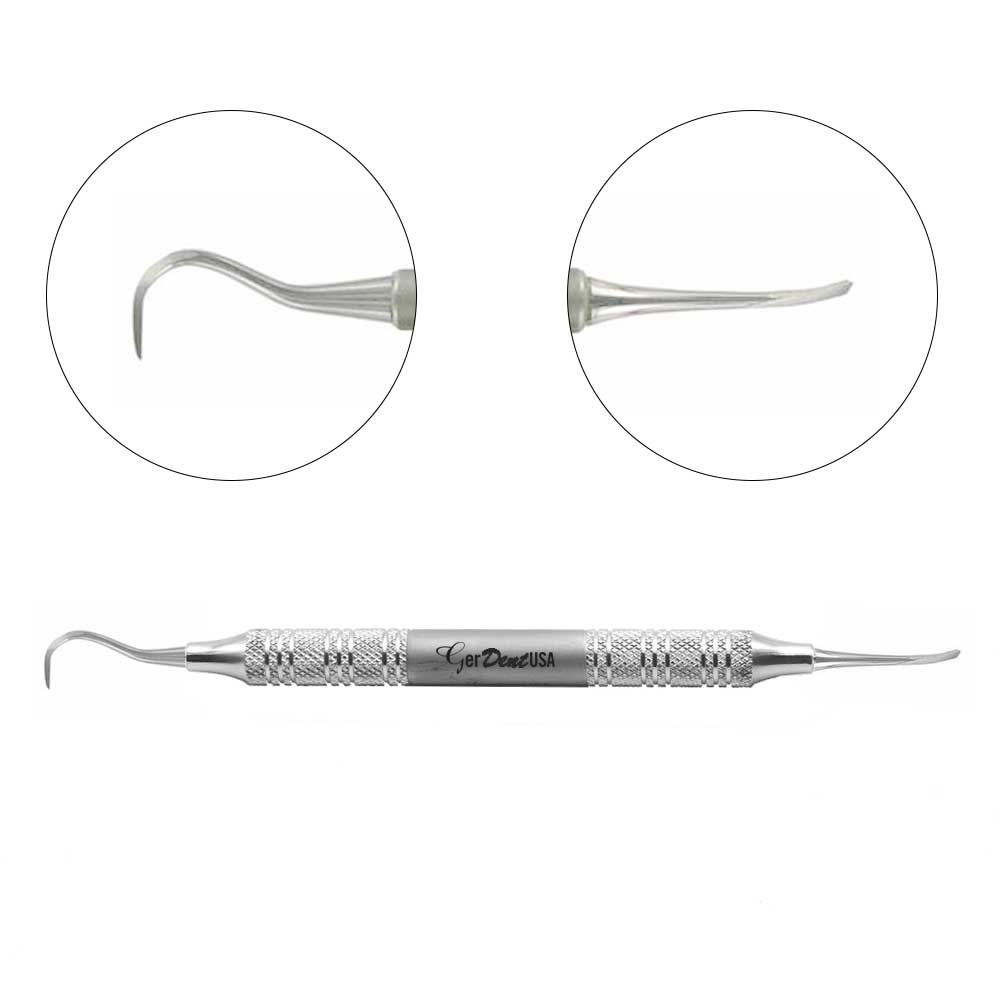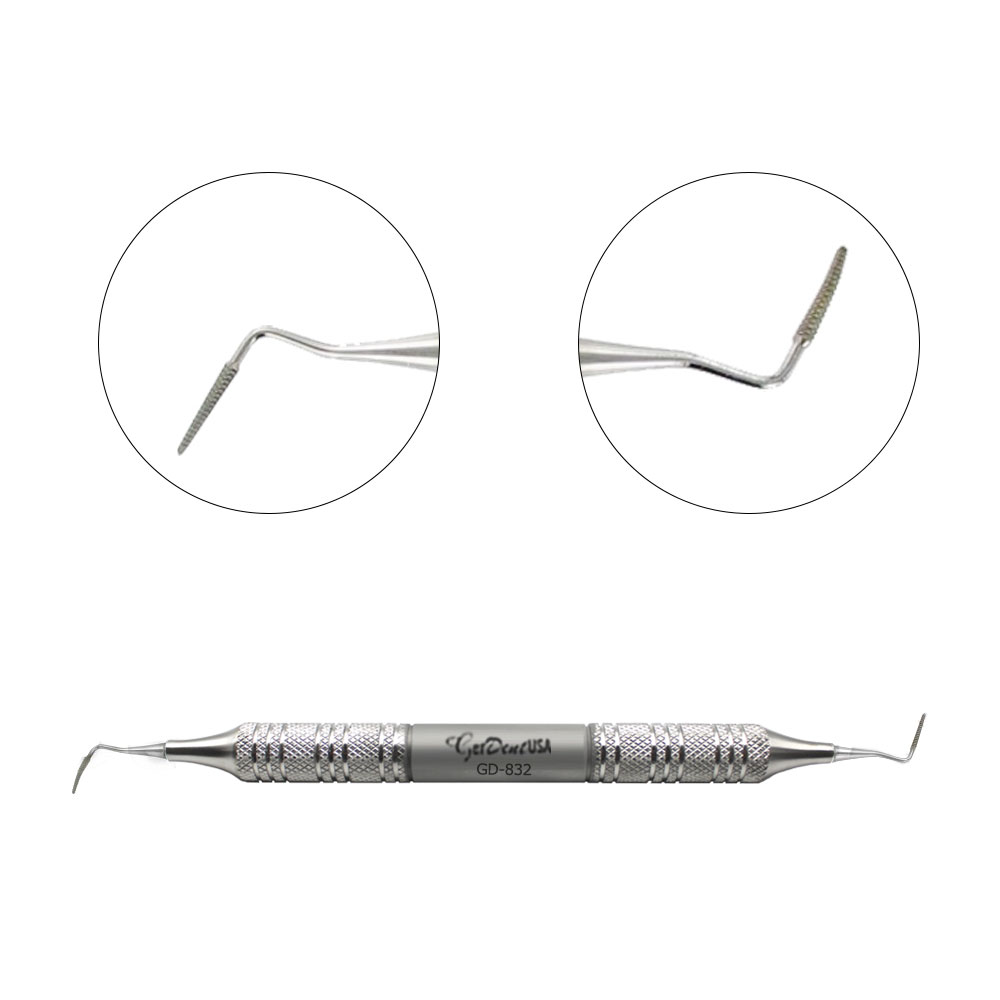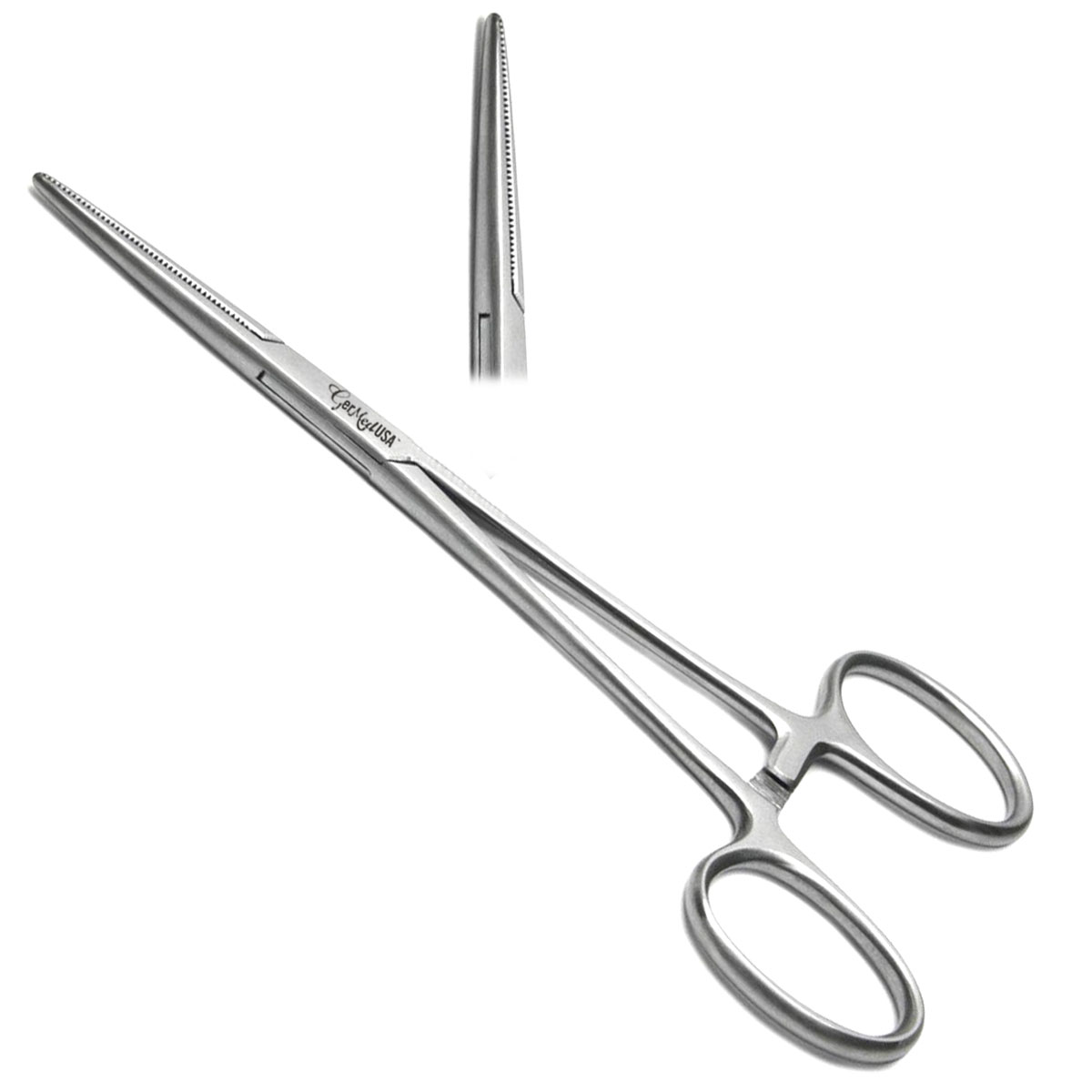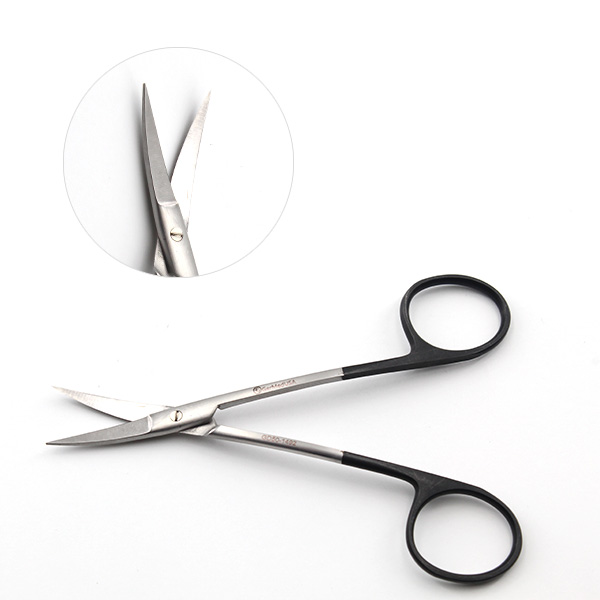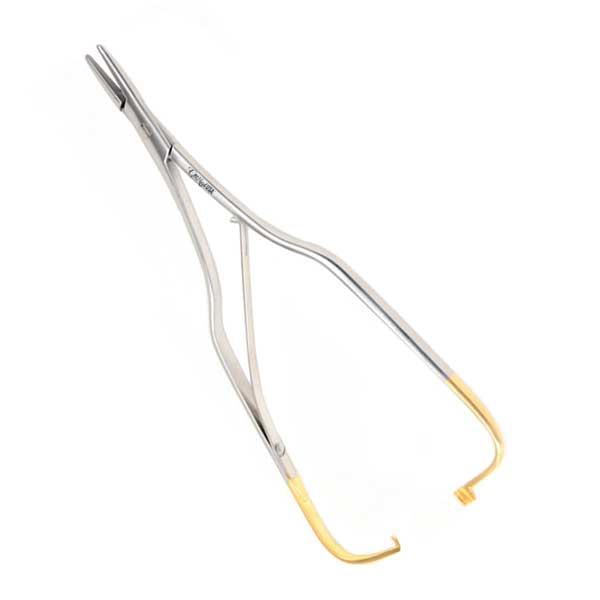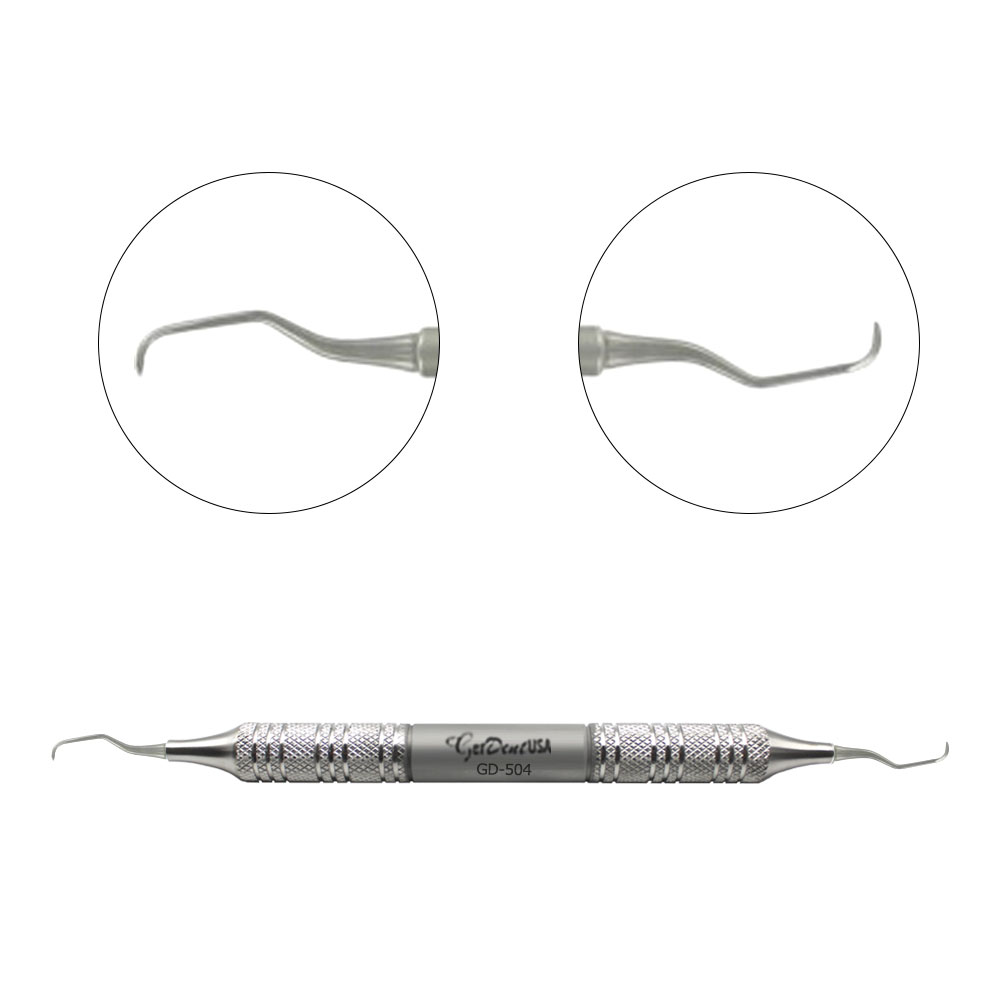Periodontal surgery reduces the bacterial load from the mouth, making it easy for the patient to maintain oral hygiene and prevent future gum damage. Other than that, it also reshapes the alveolar bone. Periodontal surgery involves different instrumentation that is discussed below. There are incisional and excisional instruments, surgical curettes and sickles, periosteal elevators, surgical chisels, surgical files, Scissors, hemostats, and tissue forceps.
Incisional and Excisional Instruments:
These instruments come in use for cutting and dissecting the periodontium. These include Surgical knives and Surgical blades. Kirkland knife is typically used for gingivectomy. The These knives can be single-ended and also come as double-ended instruments.
The Orban knife is used for interdental areas. These spear-shaped Orban knives are available as single and double-ended instruments.
Other than that, surgical blades are available in different shapes and sizes. The 12D Blade is a beak-shaped blade with cutting edges on both sides to allow the operator to engage in narrow and restricted areas with pushing and pulling motions.
Surgical Curettes and Sickles:
Heavy Curettes and Sickles come into use for the removal of granulation tissue, fibrous interdental tissues, and tenacious subgingival calculus deposits.
The Kirkland curette and the Prichard curettes are heavy curettes, whereas the ball scaler is a heavy sickle. These periodontal surgery instruments have broad, thick blades that make them suitable for surgical procedures.
Periosteal Elevators:
These dentistry instruments reflect and move the flap after an incision for periodontal surgery is made. The periosteal elevators are usually double-ended instruments.
One end of this dentistry instrument is broad and flat while the other end of the instrument is pointy and sharp. The sharp end is used to lift the mucosa initially after incision, while the broad flat end lifts full thickness periosteal flaps.
Tissue Forceps:
These dental instruments are absolute essentials of any dental armamentarium, the tissue forceps help in lifting the mucosa for suturing. Other than that, they come into use for the transportation of materials inside the mouth.
Tissue forceps are long instruments that may be serrated or smooth. Serrated forceps ensure secure grasping of things.
Surgical Chisels and Hoes:
Dental Chisels and Hoes come into use during periodontal surgery for removing and shaping bone. The hoe has a curved shank and blade. The cutting edges of the Chisels and hoes are beveled and project beyond the long axis of the handles to preserve the efficiency of the instrument when the blade is rounded by sharpening it.
These dental instruments are used for detaching pocket walls after the gingivectomy incision, but the instrument is also useful for smoothing the root surfaces made accessible by any surgical procedure.
Some surgical files are used interproximally. Fine blades on both sides of the instrument allow for push and pull applications. The Ocheinbien chisel is an instrument with semicircular sides on both sides of the blade to engage around the tooth and into the interdental area.
Hemostats:
Hemostats are instruments that come in use for bleeding control during a surgical procedure. The handles of the hemostat have a locking mechanism that locks the instrument in place.
The locking mechanism consists of a series of interlocking teeth to allow the dentist to adjust clamping force. The force between the teeth is approximately 40N when the instrument is locked.
Surgical Scissors:
These dentistry instruments come in use for cutting and sometimes dissecting the mucosa of the oral cavity. Other than that, surgical scissors are available in different sizes to facilitate the operator for all kinds of surgical procedures.
The scissors come into use to remove tags of tissues during gingivectomy, trimming flap margins, and enlarge incisions. Surgical Scissors also come into use for removing muscle attachments in mucogingival surgery.
Needle Holders:
These dental surgical instruments are used for guiding the needle and suture material through mucous membranes. Needle holders are sometimes also used as hemostats to occlude blood vessels during surgical procedures. The Castroveijo needle holder comes in use for precise techniques that require quick and easy release and grasp of the sutures.
Instruments for Curettage and Scaling:
The instruments for scaling and root planings are curettes and scalers. The curettes remove calculus deposits subgingivally and scalers remove calculus and plaque supragingival and teeth' surfaces.


